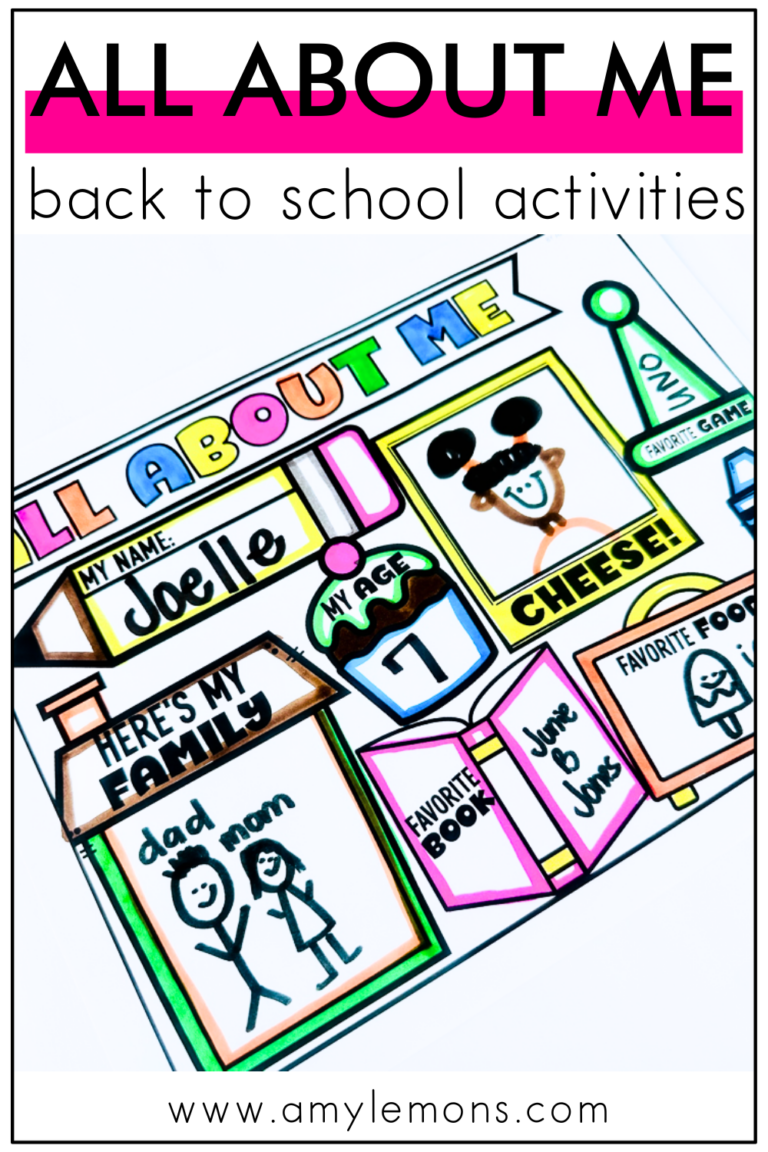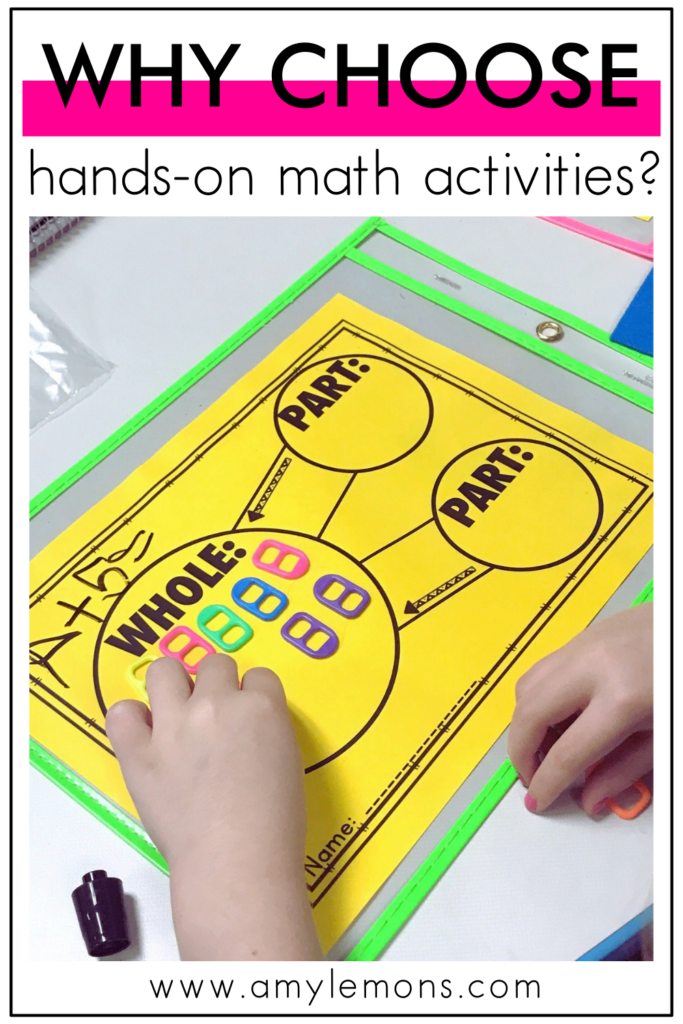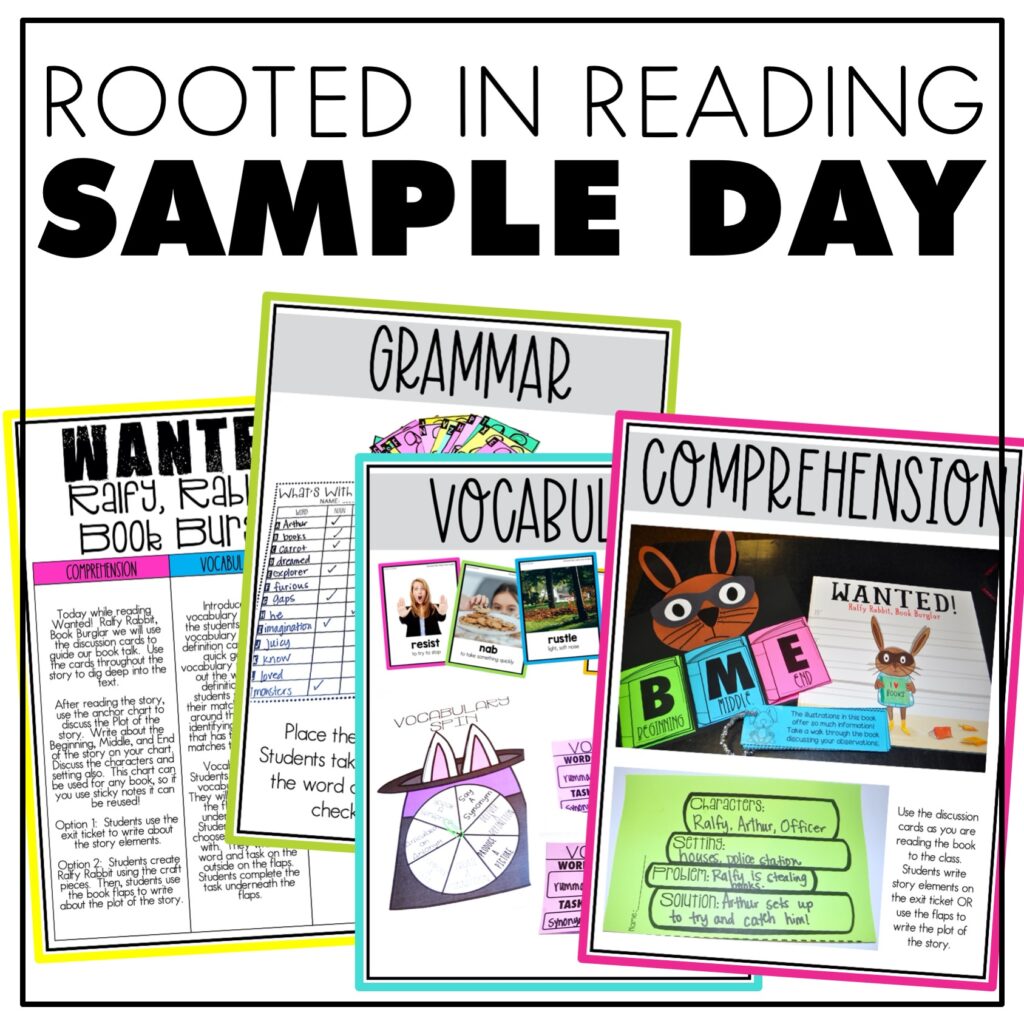

Here’s the deal with hands-on math. I know it’s a lot easier to print a few worksheets for your students and tell them to have at it. Sometimes, that may be enough to assist with practicing and reviewing math concepts.
However, if you aim to promote active engagement, deepen understanding, and make learning math enjoyable for your students, consider integrating hands-on math activities in your classroom to harness their benefits.
So, what is hands-on math? These activities involve physical manipulation of objects, collaboration, and critical thinking, enabling students to bridge the gap between abstract mathematical ideas and real-world applications.
So, what are the benefits of hands-on math? In a nutshell, effectively using hands-on math activities will benefit your classroom by inspiring curiosity, promoting problem-solving, and creating an inclusive learning environment.
But, we need to go deeper to see the direct benefits inside your classroom. I have examples and a few free math activities, too.
Let’s look at the word engaged. It’s a buzzword, so we really want to break it down!
Engagement means “occupying the attention of; to attract or hold interest.”
So, when I see that definition I immediately think about students that are actively listening, doing, and participating in their learning. Engagement in the classroom can take many different forms.
We may be singing a learning song, reading a captivating story, playing a math game, or just simply having a classroom discussion.
Oftentimes, we complicate the idea of engagement. It can be something simple like rolling a die to play a game, moving a bead on a number line, spinning to create numbers, etc.
Other times, it can be getting your students up and moving. Here’s an example.
During Shark Snatcher, the students physically become sharks on the number line. They “snatch” the greater number and count from there.
Sure we could have just discussed the larger number and added on from there, but we increased the engagement by giving it an interesting theme and by having students get up and move around!
I have a deeper look at this exciting activity and a free number line printable in a previous look at my day post.
Many of the concepts that we teach in math are very abstract. For example, place value alone is very abstract. Students need many different opportunities to develop their understanding of numbers through active learning and concrete representations.
We want students to understand the value and depth of numbers rather than just seeing a number for its digits. Take the number 255 as an example.
For many learners, this number is comprised of a 2, 5, and 5. But, we know that the number 255 is made up of 2 hundreds, 5 tens, and 5 ones. Using a hands-on approach such as an “expandable snake“, like the one pictured above, helps make that concept come to life for students.
They are physically expanding that number so that they gain a deeper understanding of its value!
Along with the place value snake, using a place value game can have the same effect. Check out the details for those place value activities.
Did you know that students listening to a lecture retain about 5% of the information, whereas students who participate by DOING retain 75% of the information? That is a HUGE difference!
Our students will not just “sit and get” the information. We need them to explore, play, and engage with the math concepts so that they actually retain the skill from year to year.
This is especially important in math as these skills build upon each other year after year.
Rather than just having students repeat or memorize addition facts, consider having students use manipulatives such as counters, beads, or paint dotters to solve equations.
This allows students to actually get their hands ON the math situation. They are physically moving the counters around so that they have a better understanding of taking parts to make a whole or combining numbers.
You can have a better look at this in practice with this first-grade addition Grab and Go activity idea and don’t forget to add an addition chant!
Hands-on learning enables a deeper understanding of difficult math concepts by giving students meaningful ways to engage with the skills. Through the use of hands-on math activities, students are able to visualize and physically manipulate math concepts.
This helps students to better understand the WHY behind the WHAT.
Take this large tens-frame as an example. Students build the number on the tens frame using plastic cups! This is an easy, hands-on way to help students develop number sense.
Tens frames help students learn how to subitize which will greatly enhance their ability to add later on. Adding in something so simple can greatly impact their ability to visualize the number rather than memorizing or counting without meaning!
Gone are the days of only using skill and drill worksheets to show mastery of a skill. Combining collaboration with hands-on learning will not only encourage teamwork in the classroom, but it will also promote critical thinking.
So, how does this occur? Students discuss and problem-solve together as they complete tasks, play games, or find solutions.
Working together, students are encouraged to experiment with different strategies.
It can also be as simple as playing a fun game together such as The Strike Zone! Students won’t even realize they are gathering, analyzing, and interpreting data as they are bowling!
Bowling is a fun way for students to capture data and practice graphing. You can get creative with collecting data using fun games like bowling, or try this graphing activity for rock, paper, scissors!
If you’d like to get started on your HANDS-ON math journey, download this set of lesson plans and activities! You’ll have a mini-lesson, game, and activity that are all engaging for your students.

Hey, y’all! My name is Amy Lemons and I am passionate about providing students with both engaging and effective standards-based Math and ELA lessons.

Sample a day of Rooted in Reading with these lesson plans and activities for Reading Comprehension, Vocabulary, and Grammar!


